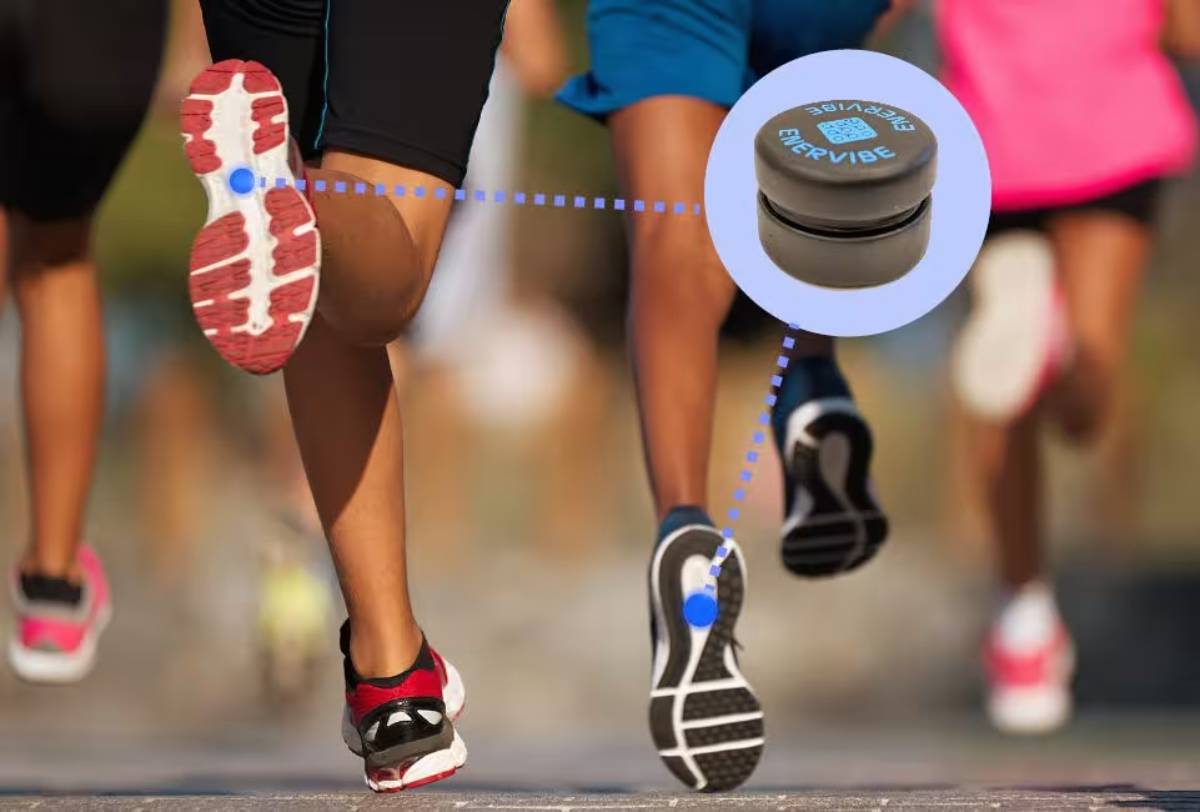The Technology Blog

Innovative Wearable Tech Powered by Renewable Energy
Over the recent years, we have been hearing quite a lot about the new fashion trend, which is not something other than the fusion of fashion with technology, and the new name of wearable technology has emerged. Wearable technology is reshaping our relationship with the world. That includes smartwatches, fitness trackers and clothes that monitor health.
As smart devices become more popular, worries about their environmental impact are also growing. Disposable batteries and frequent charging are red flags. That is turning the spotlight on sustainability and creating a new trend: wearable tech-driven by renewable energy. This blog examines how solar wearables and green accessories are helping to make devices more sustainable. They support a lifestyle focused on caring for the environment.
Key Benefits of Renewable Energy Wearables
1. Sustainable Energy Use
Wearable tech that uses renewable energy reduces its reliance on conventional power sources. Many traditional devices require regular charging or battery swaps, which wastes electricity and adds to e-waste.
These wearables lessen their environmental impact by using clean energy from the sun, wind, or even movement. In fabrics and accessories, you can now find solar panels, piezoelectric materials, and thermoelectric generators. They recharge as you walk or stand in the sun.
This independence reduces the environmental impact of billions of devices which depend on grid electricity or lithium batteries, which require a lot of resources.
2. Convenience and Extended Battery Life
Beyond being eco-friendly, renewable-powered wearables offer great convenience. Imagine a solar-powered smartwatch that charges while you go about your day, so you don’t have to plug it in each night. Or think of kinetic energy wearables, like smart shoes that convert your steps into power, perfect for fitness tracking on the move.
This self-charging feature boosts battery life and reduces the need for outlets or portable chargers. For adventurers, athletes, and travelers, these features offer peace of mind and ensure top performance without interruptions.

3. Real-world Applications
Renewable energy wearables are entering the mainstream. Here are a few exciting examples:
- Solar Backpacks: These backpacks have flexible solar panels that charge your phone or tablet while you walk or bike. They’re perfect for students and outdoor lovers.
- Thermoelectric Jackets: These jackets make electricity by using the temperature difference between your body and the air. They can power LEDs and health trackers without needing extra batteries.
- Kinetic Smart Shoes: These shoes gather energy from walking and running to power embedded sensors or trackers. Some can even send fitness data directly to your smartphone.
These innovations kick off a more significant trend. It’s all about stylish and energy-efficient wearables.
Additional Expert Tips & Common Mistakes to Avoid
1. Prioritize Energy Efficiency
Not all renewable wearables perform the same. Before buying, check how well the device captures and uses renewable energy. High-efficiency solar cells, like monocrystalline or organic photovoltaic panels, work better in low light and can fit curved surfaces.
For kinetic energy devices, choose those with piezoelectric or electromagnetic generators that offer consistent energy without hurting comfort or movement.
2. Don’t Sacrifice Comfort for Sustainability
Functionality should not mean discomfort or poor style. A common mistake is picking eco-friendly tech that feels bulky or looks unattractive. Today’s market has wearables that blend style and function—like sleek solar-powered rings or minimalist thermoelectric bracelets.
Choose lightweight, breathable, and skin-safe materials. Products that combine form and function are more likely to fit into your daily life.
3. Research the Brand and Product Claims
With the rise of green tech, some brands practice greenwashing, claiming products are eco-friendly without proof. Always verify claims by checking certifications, reading reviews, or researching the materials used.
Look for third-party validations and companies that explain their sustainability practices clearly.
Advanced Insights and Expert Recommendations

1. Organic Photovoltaics and the Future of Solar Wearables
A promising development in renewable wearables is organic photovoltaic (OPV) cells. Unlike traditional solar panels, OPVs are flexible and lightweight, allowing integration into fabrics or clothing.
These solar textiles are designed for bright jackets and activewear that can power electronics and monitor temperature or biometrics. Though still emerging, OPVs could revolutionise wearables by merging fashion and function.
2. Hybrid Power Systems
Experts suggest exploring hybrid energy systems—devices that combine different renewable sources. For example:
- A smartwatch that uses solar energy during the day and kinetic energy at night.
- Clothing with thermoelectric panels for indoors and photovoltaic strips for outdoor use.
These designs are beneficial in areas with inconsistent sunlight. They ensure a steady power supply, reducing downtime.
3. Collaborations in Fashion-Tech
The future of renewable wearables is not just in labs but also in fashion. Collaborations between tech innovators and designers create wearable devices that are both stylish and smart.
- Solar-powered fashion collections: Designers partner with tech firms to embed solar cells in handbags and coats.
- Customisable innovative jewellery: Eco-conscious consumers can find rings or necklaces with solar or motion-powered features, like alerts or fitness functions.
These partnerships drive adoption and make wearable renewable tech more mainstream.
Powering the Future of Fashion with Green Energy
Wearable tech powered by renewable energy is the next big leap in blending technology with sustainability. Smart devices are now key parts of our daily lives. So, their environmental impact matters a lot. But the future is brighter, thanks to the intersection of fashion, function, and renewable energy.
Solar-powered wearables and kinetic-powered accessories help consumers rely less on traditional energy and have smooth tech experiences. The advantages include less e-waste and emissions and more convenience.
Organic solar textiles and designer tie-ups aim to bring a greener version of wearable tech to your wrists. We are now moving towards broader adoption, responsible manufacturing and continuous innovation.
If you love tech, care about the planet, or want to see the future of fashion, investing in renewable-energy wearables is a great choice. It signals to people that you care about the planet and progress.
The future is renewable. The future is wearable. Are you ready to charge—both sustainably?









